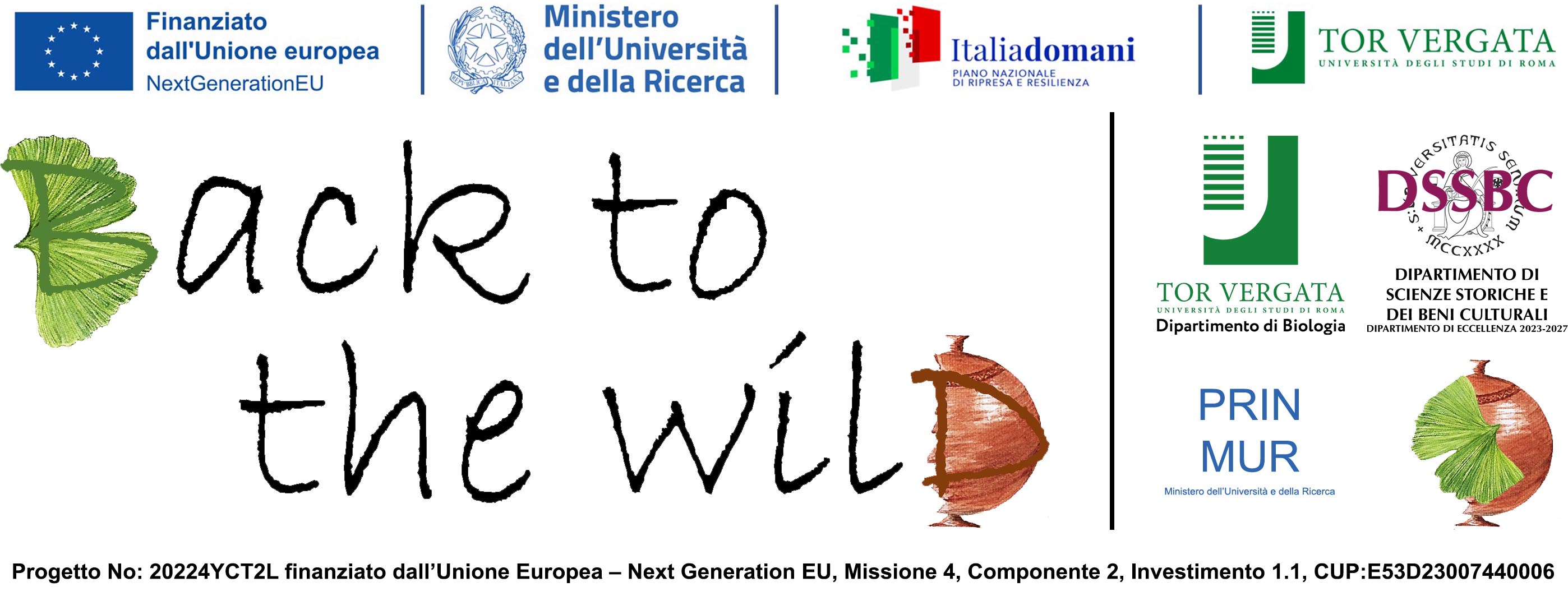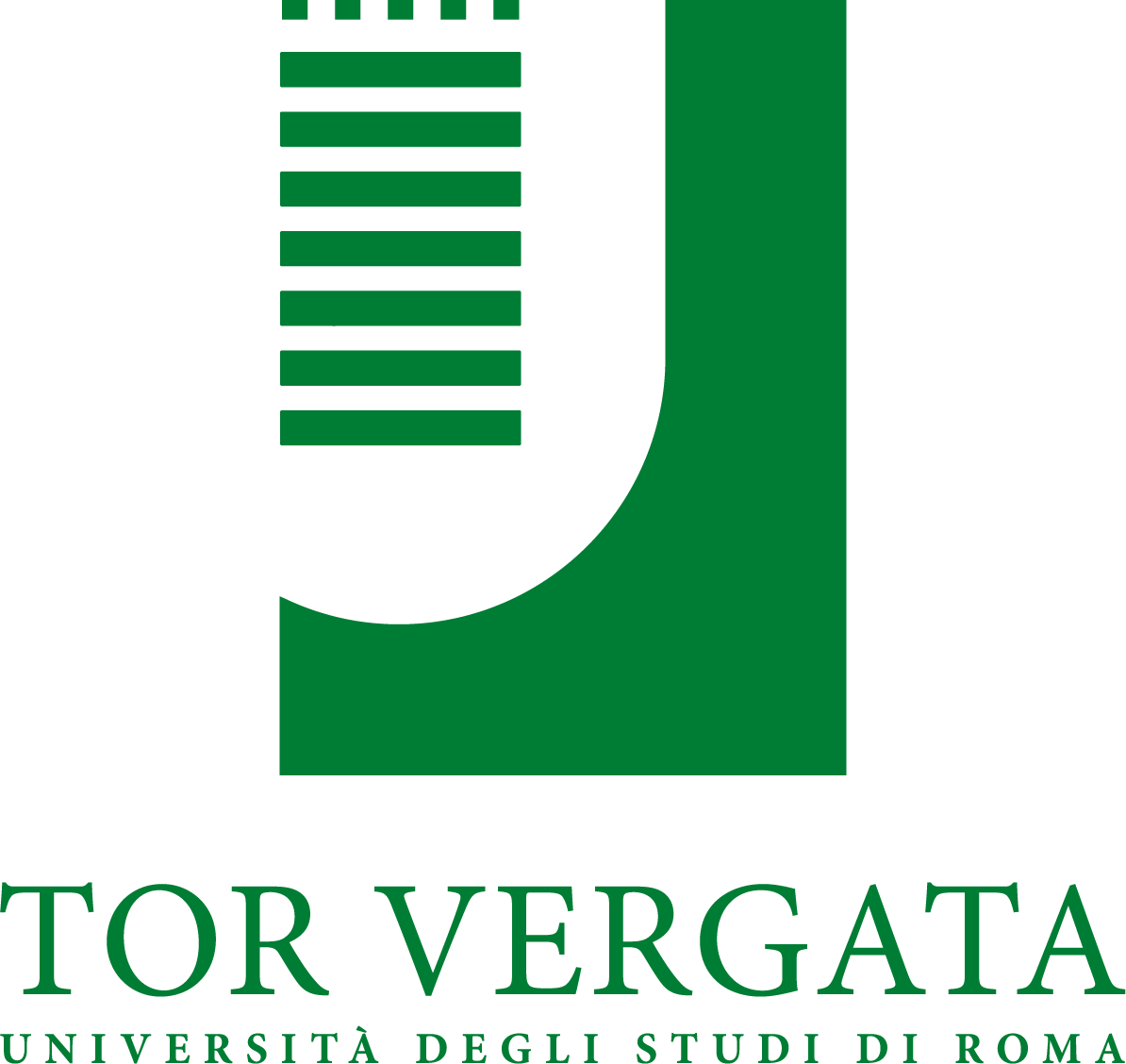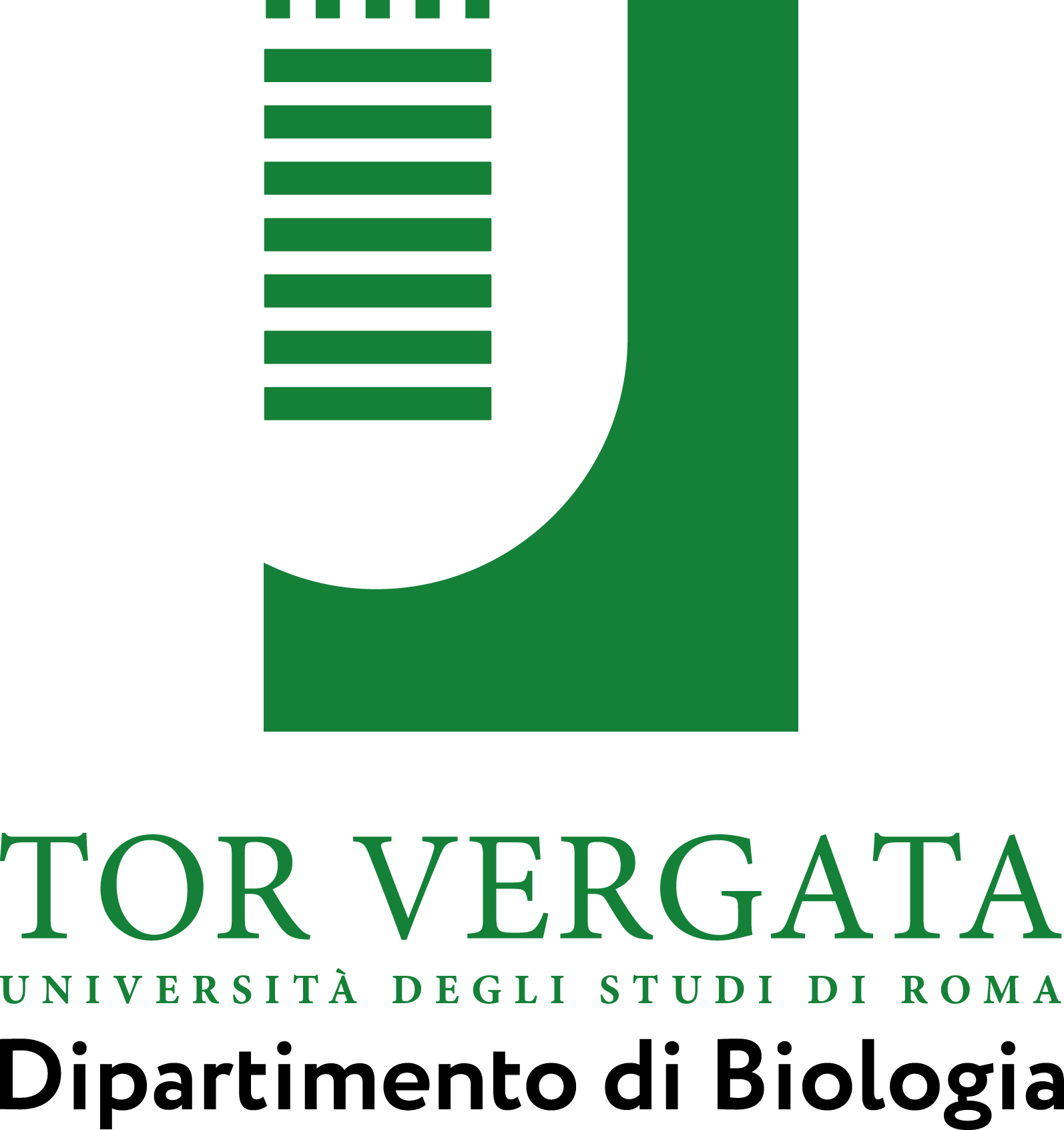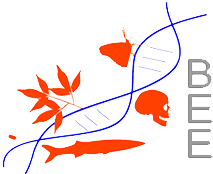OBIETTIVI DELLA RICERCA
Per raggiungere gli obiettivi prefissati, diverse matrici archeologiche (ceramica, industria litica, resti botanici, sedimento, denti, tartaro), provenienti da siti chiave e caratterizzati da habitat significativi, saranno investigate mediante un approccio multidisciplinare. Le risposte, non raggiungibili con metodi tradizionali, saranno fornite sviluppando e potenziando un repertorio di metodologie sperimentali complementari e d’avanguardia, adeguando il livello informativo italiano ad altre aree del Mediterraneo. Tra questi, indagini genetiche (DNA barcode, Next Generation Sequencing-NGS), analisi di microresti vegetali e metabolomica (Gas Cromatografia-Spettrometria di Massa, GC-MS) saranno associati a studi archeozoologici, palinologici e di caratterizzazione della funzione degli strumenti litici (macine, falcetti) e dei recipienti ceramici. I risultati saranno contestualizzati con proxy data on site e off site e messi in relazione, mediante Sistema Informativo Geografico (GIS), che geolocalizzerà i dati di laboratorio su basi topografiche e tematiche. Il quadro sperimentale confrontato con dati noti acquisiti nel GIS sarà importante per ricostruire il paleoambiente e il trend comportamentale-economico e di gestione-processamento delle risorse vegetali selvatiche e domestiche, interpretando il modello storico-fitoculturale del Neolitico italiano. BACK TO THE WILD fornirà elementi di discussione sulle modalità di trasmissione del sapere e la continuità dei rapporti fra i vari gruppi neolitici e tra comunità meso-neolitiche, promuovendo la valorizzazione e la salvaguardia della nostra eredità botanica e culturale, in linea con i temi dell’attuale Piano Nazionale di Ripresa e Resilienza-PNRR. Gli step crono-culturali indagati concernono il Neolitico (VI-IV millennio a.C.) e contesti esemplificativi del tardo Mesolitico e del primo Eneolitico, su un range cronologico di oltre quattro millenni. Infatti, lo sguardo approfondito su tale epoca non può prescindere dalle fasi di passaggio e trasformazione degli assetti economici, sociali e ideologici, pre- e post-neolitici, ovvero del know-how delle popolazioni che hanno abitato le stesse regioni e che hanno evoluto dinamiche diverse nel rapporto con le risorse vegetali anche tenendo conto dei cambiamenti vegetazionali. In particolare, i siti archeologici sono stati selezionati per il loro potenziale informativo in regioni italiane del versante Tirrenico. Essi, poiché contesti di riferimento per il Neolitico italiano, per l’intera area del Mediterraneo e per l’Europa meridionale, permetteranno una valutazione globale dei risultati sulla gestione delle risorse vegetali selvatiche relative a habitat diversi. La scelta dei siti, localizzati in areali diversi, interni e costieri, con particolare attenzione per le aree umide, zone preferenziali di insediamento e con alto potenziale conservativo del record botanico/archeologico, tiene conto dei contesti ecologici e geomorfologici differenziati in cui è avvenuta la Neolitizzazione. Per evidenziare il ruolo delle risorse selvatiche si è tenuto conto anche dei seguenti parametri: a) contesto abitativo; b) funzione dei siti; c) vocazione produttiva/alimentare dei singoli contesti; d) stato dell’arte relativo all’epoca indagata. Come individuare la presenza e il ruolo delle piante selvatiche nell’economia dei primi agricoltori? Quali risorse erano disponibili in natura nei diversi ambienti? Per rispondere a tali domande, il progetto confronterà indicatori noti con i dati paleoambientali ottenuti dalle analisi di campioni rinvenuti da stratigrafie con ampiezza cronologica affidabile e accessibili per nuovi campionamenti. In dettaglio, saranno studiati macro e microbotanici, strumenti di trasformazione diretta e processamento del materiale vegetale (macine e falcetti), recipienti ceramici, resti umani/animali e calcolo dentale. In seguito a verifica preliminare, si prevede di effettuare più di 3000 analisi archeo-biomolecolari sui differenti tipi di materiale campionabile nei siti archeologici insediativi e funerari. Il confronto on/off site permetterà di contestualizzare nei siti archeologici il ruolo della selezione antropica a fronte dello spettro di risorse vegetali offerte dai relativi habitat.
Il raggiungimento degli obiettivi di BACK TO THE WILD avverrà in 4 Azioni:
1-Ricostruire la paleovegetazione
2-Raccogliere evidenze dell’interazione Uomo-Ambiente
3-Implementare la cronologia dei siti
4-Comprendere l’ecologia umana e ricostruire habitat e paesaggio preistorico
L’accesso a vari materiali archeologici, umani e archeobotanici è stato concordato con diversi musei e istituzioni in Italia. Numerosi musei e istituzioni delle regioni coinvolte collaboreranno attivamente durante il lavoro sul campo.
OBJECTIVE OF THE RESEARCH
To achieve the objectives, BACK TO THE WILD will use multiple, independent lines of archaeological evidence (soils, teeth and tartar, ground and chipped stone tools, ceramics, and botanical remains) from key Neolithic sites for the distinctive environmental situations they faced. The evidence will be analysed using a multidisciplinary, bio-molecular and archaeological-functional approach. Answers to questions that traditional methods of investigation have not satisfactorily solved will be provided by developing and implementing a wide range of complementary and leading-edge experimental protocols, which will resolve the information asymmetry between Italy and the rest of Europe and of other Mediterranean areas. Genetic investigations (DNA barcode, Next Generation Sequencing-NGS), analysis of plant micro-organisms, and metabolomics (Gas Chromatography-Mass Spectrometry, GC-MS) will be associated with archaeozoological and palynological analyses as well as functional studies on lithic industry and ceramic vessels. Results will be compared, contextualized, geolocalised, and correlated with proxy data and on and off site, using a Geographic Information System (GIS). This rigorous experimental framework will permit more reliable reconstruction not only of the palaeoenvironment, but also of the trend of economic behaviour and processing of plant resources thereby leading to a more correct interpretation of the Italian Neolithic historical-phyto-cultural model. By providing new feedback for discussions on how knowledge is transferred and on the continuity of relations among Neolithic groups, BACK TO THE WILD is expected to promote the enhancement and preservation of our botanical cultural heritage, in line with the current Piano Nazionale di Ripresa e Resilienza-PNRR. The chronological and cultural framework of this project is primarily the Neolithic (VI-IV millennium B.C.). Nonetheless, illustrative examples from final Mesolithic and early Eneolithic contexts, over a time period of more than four millennia, will also be examined. In-depth analysis of the Italian Neolithic cannot overlook pre- and post-Neolithic ideological, social, and economic transitions and transformations, i.e., the know-how of populations that, though sympatric, developed different dynamics in the relationship with plant resources (whether spontaneous or not), in the frame of changing vegetational scenarios. Italian Tyrrhenian archaeological sites have been selected for this research project. These reference sites for the Neolithic period in Italy, in the whole Mediterranean region as well as in southern Europe permit to assess the management of wild plant resources on a global scale in different environmental contexts. The sites were selected from different areas (inland and coastal, with a preference for wetlands, which are often key locations for placing settlements and which normally have high preservation potential for organic and archaeological items), taking into account the different ecological and geomorphological contexts where Neolithization occurred. To highlight the role of wild resources, the following parameters were also considered: a) settlement type; b) function of the sites; c) plant food production processes; d) state-of-the-art. What wild plants were involved in the economy of early farmers and what role did they play? Which type of plant resources were available in the different environments? To answer these questions, the project will compare known indicators with palaeoenvironmental data from reliable chrono-stratigraphic sequences that can still be sampled. In detail, macro and microbotanicals, lithic (ground and chipped stone tools) and ceramic artefacts for direct transformation and processing of plant material, human/animal remains, and dental calculus will be studied. More than 3000 archaeo-biomolecular analyses are expected to be performed on the different types of materials from both settlement and funerary sites. On/off site comparison will allow to contextualize the anthropic selection of plant resources from the various habitats.
BACK TO THE WILD will accomplish its goals through the implementation of 4 Actions:
1-Reconstruction of the palaeovegetation
2-Collection of evidence of Human-Environment interaction
3-Implementation of site chronology
4-Understanding of community human ecology from different habitats and reconstruction of the prehistoric landscape
Access to various archaeological, human and archaeobotanical materials has been arranged with various museums and institutions in Italy. Several museum and institutions of the involved regions will actively collaborate during the fieldwork.





